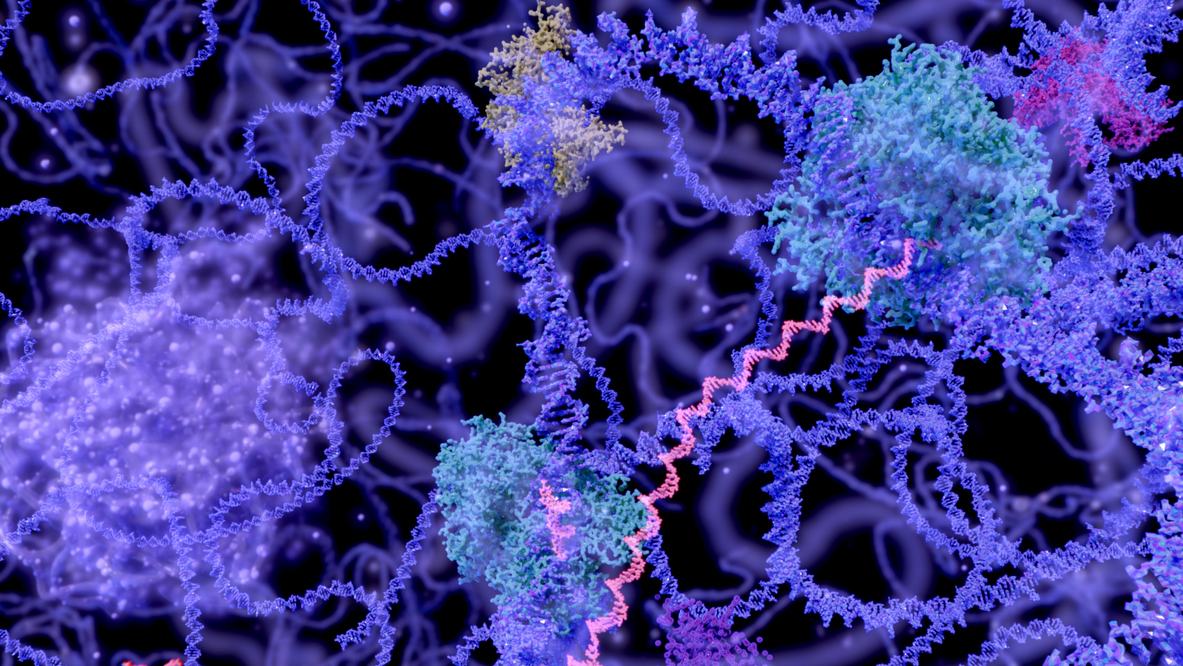Innovative genome technology for improving the diagnosis of a rare genetic disease

A new research could transform how certain rare genetic diseases, including X-linked acrogigantism (X-LAG), are diagnosed. According to the study, anomalies in DNA sequences have different effects depending on how the sequence folds within chromosomes
DNA is more than just a string of genetic instructions for producing proteins and making cells function. It is also a complex three-dimensional structure. The way DNA coils and folds into chromatin directly affects how the information it carries is expressed. As a recent study published in Genome Medicine shows, an anomaly in the sequence—such as a gene duplication—does not always lead to the same clinical outcomes.
This is the case for the duplication of the GPR101 gene, which was the focus of an international research study. GPR101 is linked to a form of pituitary gigantism, an extremely rare disease where gene duplications cause uncontrolled growth. However, not all GPR101 duplications lead to the disease, and until now, doctors and researchers were unsure why some duplications were harmful while others were not.
The study, conducted on four clinical cases, offers a fascinating explanation. It was led by Giampaolo Trivellin, assistant professor at Humanitas University and research coordinator in neuroendocrinology at the Translational Endocrinology Laboratory, directed by Prof. Andrea Lania. The research was done in collaboration with Martin Franke from the Andalusian Center for Developmental Biology in Seville, and Adrian Daly from the University Hospital Center of Liège, with support from Fondazione Telethon.

What is X-Linked Acrogigantism (X-LAG)?
X-LAG is a rare genetic condition that causes excessive body growth starting in childhood, due to the overproduction of growth hormone and prolactin from a benign pituitary tumor. This condition is also known as pituitary gigantism.
X-LAG is caused by duplications of a region on the X chromosome that contains the GPR101 gene. This duplication leads to the gene’s overexpression, which is believed to play a key role in regulating growth hormone production. Diagnosing X-LAG has been challenging for doctors because, although GPR101 duplications can be inherited, they do not always result in gigantism, and treatment for severe cases is difficult.
The International Research Team’s Discovery
By using chromatin three-dimensional conformation analysis, researchers showed that what makes the difference is not merely the gene duplication, but the positioning of the extra copy in relation to chromatin folding. If the duplicated gene is positioned beyond a certain threshold, where it is exposed to a “regulator” sequence due to DNA compaction, even one additional copy of the GPR101 gene can lead to a dramatic increase in its protein expression, causing excessive growth hormone production.
“This discovery enhances our understanding of chromatin-related genetic diseases, showing that X-LAG is one of them. It opens new possibilities for more accurate and personalized genetic screening,” says Giampaolo Trivellin, one of the study’s coordinators. “Chromatin conformation capture techniques are proving to be essential tools in medical genetics. X-LAG is a clear example of how these technologies can improve the diagnosis and treatment of complex genetic diseases, although they are not yet widely used in clinical practice.”